I always enjoy skimming through Mary Meeker’s annual survey of global Internet trends (now via Bond Capital). What follows are a few slides that jumped out at me.
Let’s begin with global Internet users. While Europe, North America and South America have surpassed 50% penetration, Asia is almost at 50% (with massive growth yet ahead). And Africa is only just getting started.
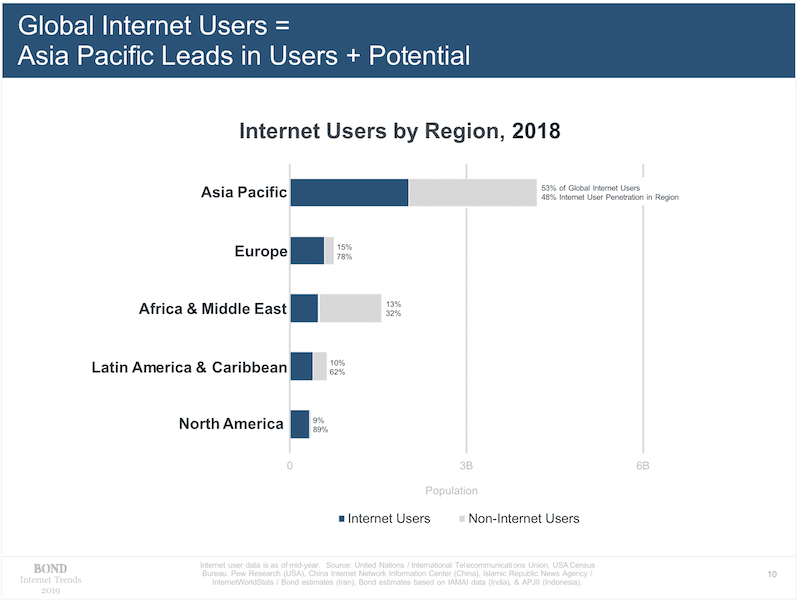
Breaking it down by country, China and India have the most upside in terms of Internet users. But China poses issues for Western companies that India does not, and this is one reason why companies such as Amazon have been investing heavily in localization for India. I’ve long stressed in the Web Globalization Report Card and here that India is no longer an English-only market and we’re now seeing (finally) a significant investment in languages.
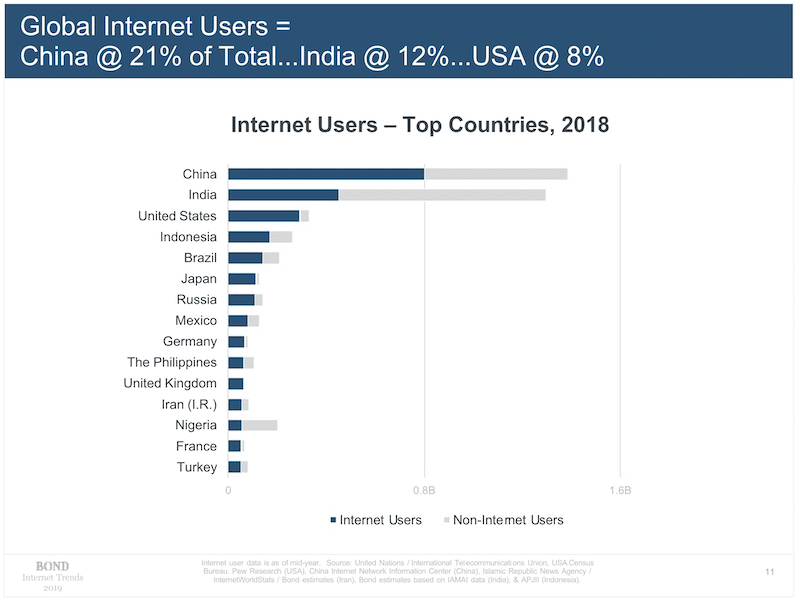
In my LA Times OpEd I wrote:
The forces of globalization have been with us since the Silk Road.
But we used to be more isolated from one another. Before the internet, one had to leave the country in order to leave the country. We are now only a click away from languages we once had to cross an ocean to encounter.
This can be intimidating. But as America’s biggest companies know, it’s no time to pull back. Globalization may be messy, but it’s not the enemy. We have far more to fear from ignorance.
When global companies add new languages to their products, they can assimilate into ever more regions of the world. They’ve got the right idea. The internet may connect devices, but language connects people.
And this is illustrated by the following chart.
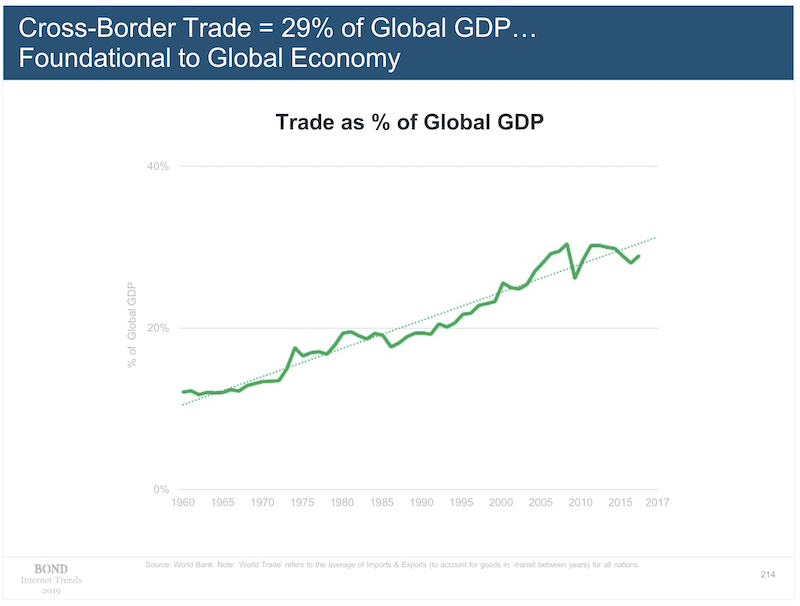
Meeker also illustrated just how important immigration is to the success of the United States, a fact that is lost on this current administration. Hopefully, hopefully, hopefully this will change with the next presidential election.
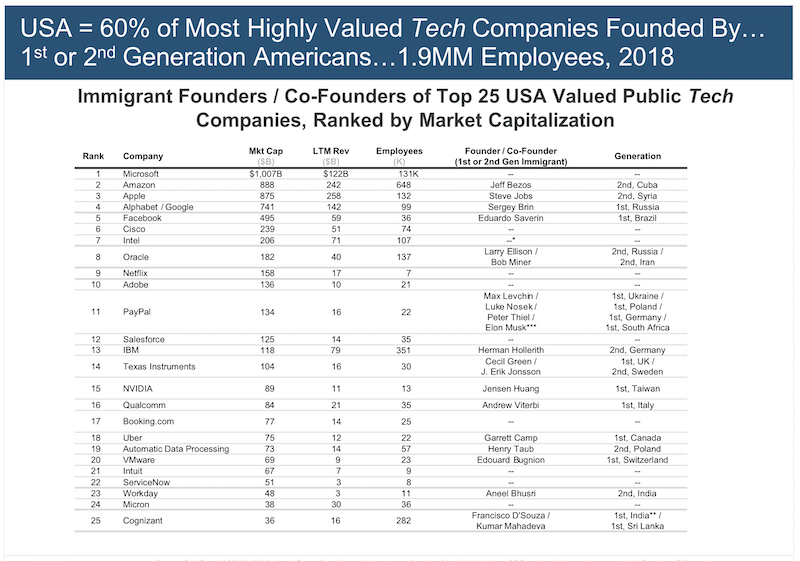
Meeker includes a wealth of slides on how photo-sharing apps and images in general have come to rule the Internet. But I found this slide suspect.
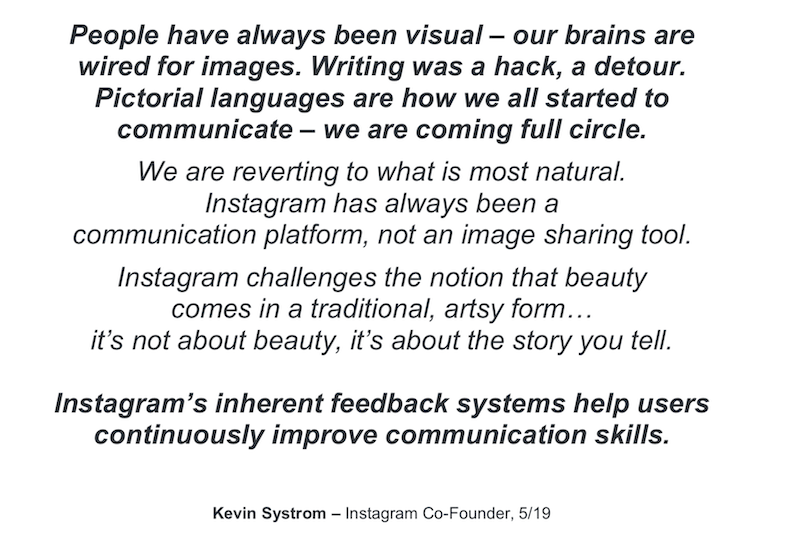
As a writer and reader, you might guess what sentence jumped out at me:
“Writing was a hack.”
And in past tense no less!
Apparently, communication via text is just some awkward phase that we’re thankfully evolving out of. As if the cave paintings of Lascaux (referenced by another slide) were a high point of human communication that we’re now, thanks to Instagram, getting back to.
I cringe when tech leaders talk with such certainty about one thing replacing another. Wasn’t email supposed to be replaced by now? And what about those old-fashioned print books that millions of people (even millennials) keep reading?
I was a copywriter in an earlier life and, at the time, advertising agencies paired artists and writers together to develop ads, knowing full well that images and text complement one another. And even Instagram has succeeded based on its reliance on a balance of both images and text; hashtags are possibly the most important textual communication innovation of our social media era.
What this slide should have said is “People have always communicated. Images have the power to cross linguistic and cultural barriers in often profound ways and we are providing a platform.” But that wouldn’t have sounded disruptive enough.
Or, perhaps I’m too short sighted and in a few months these blog posts will consist only of pictures.
Quibbles aside, Mary Meeker’s deck is worth a read.
